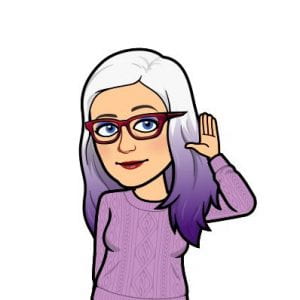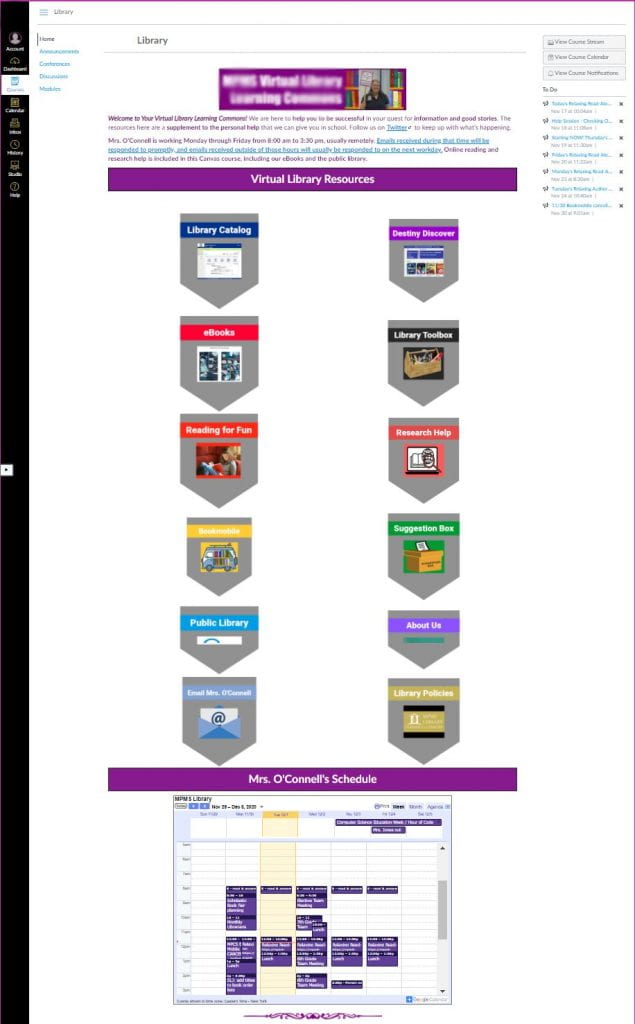Minecraft with the Gaming Club
This has been the highlight of my year. Although not a lot of students show up to play on our shared server, most of them are regulars. What a great group of kids! They are generous and kind, and when they make a mistake, they apologize for it. I don’t know if it’s just because it’s a different group of students, but it’s worked much better to do this remotely than in person. I hope I’ll be able to continue this next year.
Overdue Books
I have no idea how to get the checked out books back from our students. I’ve felt so overwhelmed about the whole thing. I’ve tried sending out Canvas notices, and have put numerous articles in the weekly newsletter. I’ve explained how students can tell what they have checked out, and I’ve begged them to return their books. I have not figured out an expedient way to send out individual overdue notices. I would have to hand-email each student personally, and it’s just not practical with our numbers. I’ve just marked the books Lost that were due before March 13, 2020, and our Library Assistant is putting them into our school’s billing system. I’m sure I’m going to get lots of “But I didn’t know I had that!” and “But I returned that last year!”.
I’ve always felt torn about overdue book policies. On the one hand, my primary responsibility is providing students with access to materials and information. On the other hand, the library can’t afford to just let all of the books walk away. I’ve never charged overdue fines at all. I do charge the replacement cost for lost books, but if a student or parent says they cannot pay it, I’ll waive it.
Having the buildings closed during the pandemic has been an added challenge. Students couldn’t return books after March 13, 2020, and they couldn’t return them easily this year. I’m going to have to eventually mark all of the overdue books Lost, but I’m on the fence about charging replacement costs for them. I might have a limit, like charging no more than $10, for instance. Once the students are back in the building next year, I can send out paper notices, and hopefully see them all in orientation classes at the beginning of the year. I may have to spend a lot of next year’s budget replacing books, but I don’t want to replace them before I have a chance to get them back.
Reflections
Once some students returned to the building, it was even more rare to have someone show up to Lunch Bunch. It took a while for the IT department to make it so I could host a shared world while I was at school, but once that happened, there were students joining me every day. Hopefully they weren’t missing class to do it. I think all of them were joining from home, not school.
I spite of my starfish theory, I have felt really useless as a teacher-librarian this year. I don’t take it personally, although this has always been a challenge at this school. I can’t even imagine how overwhelmed and overworked our teachers have been, just trying to “catch up”. There have been no allowances from the state about goals. Teachers are expected to “cover the material” (I hate that phrase), and students are expected to pass the same standardized tests as in previous years. The other phrase I hate is “falling behind”–falling behind what??!? We are all in the same boat with this pandemic, and it’s not even over yet. I get really angry when I think about how unnecessarily unfair this is to our teachers and our children.
That being said, I have been able to use this year to get a lot done with the collection. Hopefully that will pay off as more students return to the building. More students are reading eBooks, and using our online catalog. I think students have missed being able to come in and browse the shelves. I’m grateful that I had the chance to work with our 6th graders some, at least. I finally learned to edit videos. And I loved working from home! I especially liked video conference meetings, because I could hear everyone. I’m not going to forget this year, and I’m going to try to remember the things I’ve learned.











